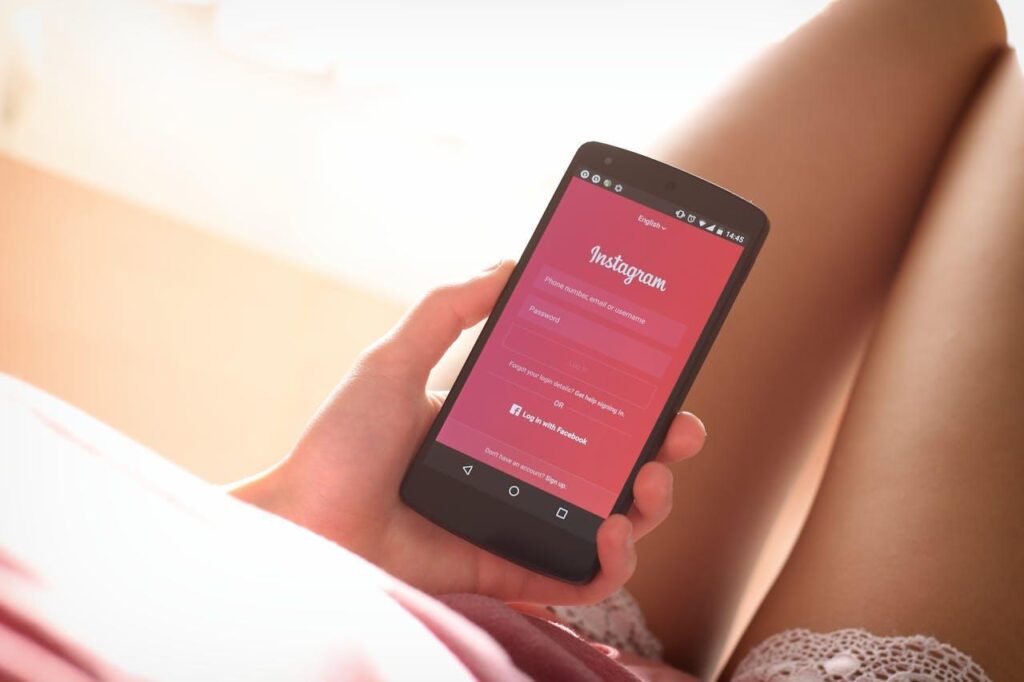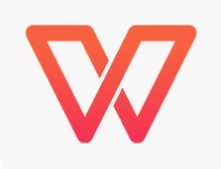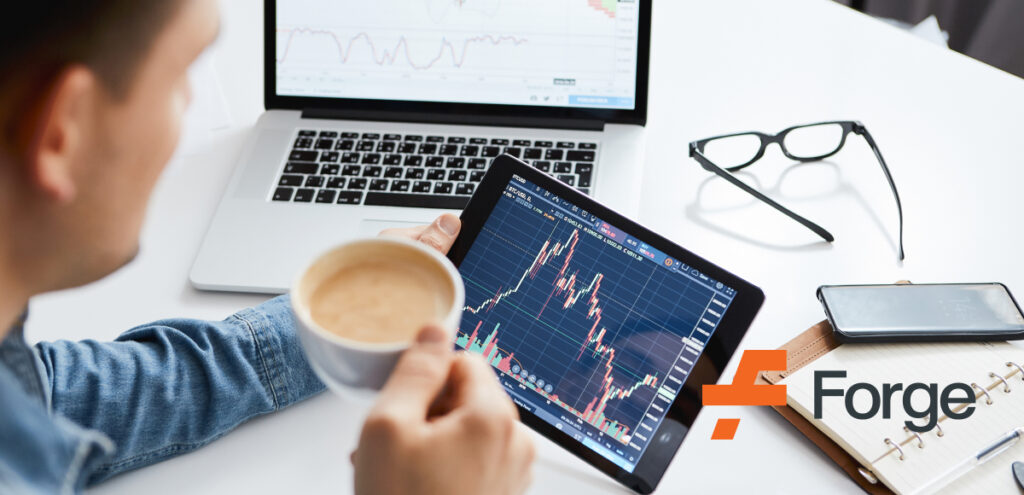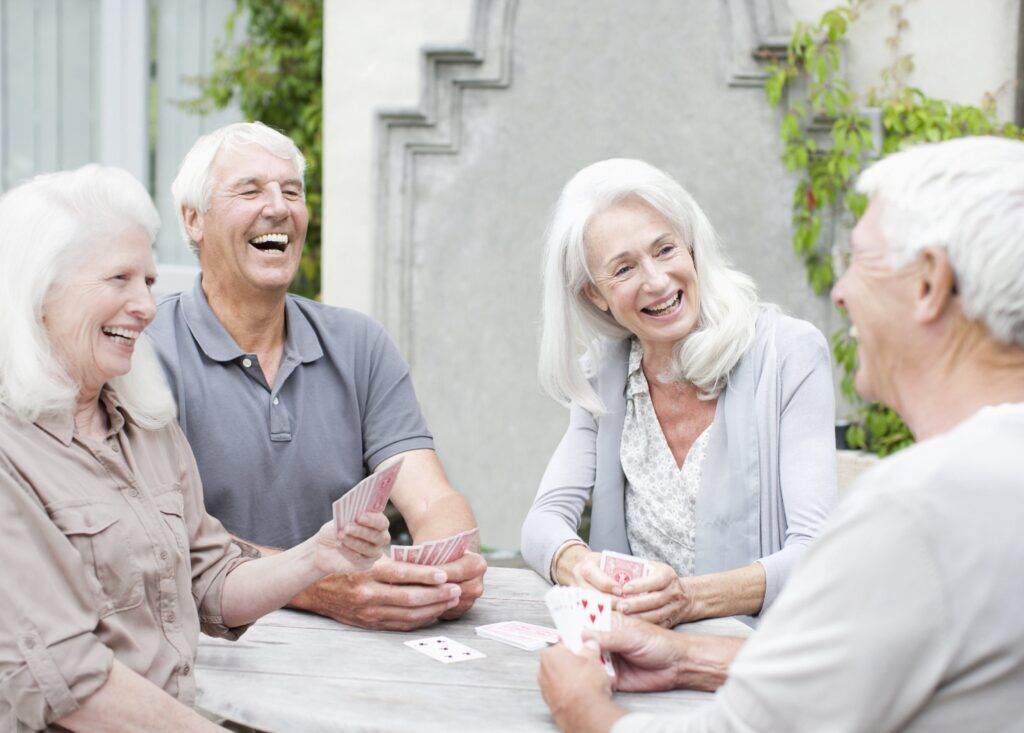Instagram rewards engagement. The more likes, comments, and shares a post gets early on, the better its reach.
Timing plays a big role in making that happen. Posting when followers are active means more eyes on the content, leading to higher interaction.
But with Instagram’s algorithm constantly shifting, figuring out the best time to post isn’t as simple as it used to be.
The right timing depends on audience behavior, content type, and industry trends.
This guide breaks it all down, helping brands, influencers, and creators find the best posting schedule for 2025.
Why Posting Time Matters on Instagram
Posting at the wrong time can make a great post invisible.
Instagram’s feed isn’t purely chronological anymore, but timing still affects reach.
If a post gets strong engagement right after it’s published, Instagram sees it as valuable content and pushes it to more people. This means hitting the right posting window can snowball engagement.
For example, a fitness influencer posting a workout tip at 11 PM may get little traction. Most followers are asleep, so there’s no immediate engagement.
By morning, the post is buried under fresher content. If that same post went live at 7 AM, right before a morning workout rush, it could pick up momentum fast.
Another thing to consider is competition. Posting at peak hours means battling for attention with other content.
While it’s good to post when users are online, avoiding overcrowded times can give a post more visibility. The trick is to find the balance—when the audience is active but the feed isn’t flooded.
How Instagram’s Algorithm Affects Post Timing in 2025
Instagram’s algorithm in 2025 favors content that keeps users engaged. Posts that drive conversations, saves, and shares tend to rank higher.
But Instagram also looks at how quickly engagement happens. A post that gets likes and comments within minutes will get a bigger push than one that takes hours to pick up.
Stories and Reels follow a different rule. Stories appear at the top of the feed, so timing is less about fighting the algorithm and more about user behavior.
Posting Stories right before work breaks or after dinner increases chances of views. Reels, on the other hand, live longer. They don’t disappear like Stories, so timing is less strict. But Instagram still rewards engagement within the first hour, making post timing important.
For businesses using an Instagram likes service, timing can be even more crucial.
If likes come in when a post is fresh, it signals to Instagram that the content is worth promoting. Pairing this with a smart posting schedule can amplify results.
The Best Times to Post on Instagram in 2025
Timing depends on audience behavior, but general trends exist.
Studies show that weekdays perform better than weekends. Mondays and Thursdays tend to have higher engagement, while Sundays can be hit or miss.
Mornings between 7 AM and 9 AM catch users checking their phones before work or school. Afternoons between 12 PM and 2 PM work well for lunch breaks. Evenings from 7 PM to 9 PM are strong too, as people unwind and scroll before bed.
Different industries have their own peak times. For example, beauty and fashion brands see high engagement on Fridays when users are looking for weekend inspiration.
B2B companies get better results on weekday mornings when professionals are online. Entertainment pages thrive in the evenings when users relax and browse for content.
Time zones matter too. A brand with a global audience should test different time slots to reach followers in various regions.
If a large part of the audience is in Europe but the brand is based in the U.S., adjusting the schedule to fit both time zones can maximize engagement.
How Different Content Types Affect Engagement Timing
Not all Instagram content works the same way. A carousel post packed with useful tips may perform better in the evening when users have more time to scroll.
A quick meme or single-image post may do better in the morning when people are glancing at their phones before work.
Reels, which Instagram is pushing hard, can perform well almost anytime. The algorithm serves them to users over time, making them less dependent on immediate engagement.
But launching them during active hours can still give them an initial boost.
Instagram Lives should be scheduled when followers are most likely to watch in real-time. If an influencer goes live at 3 PM, most working professionals will miss it.
A better time would be 7 PM when people are home and winding down.
Stories have a different rhythm. Since they disappear after 24 hours, the goal is to keep them fresh throughout the day.
Posting one in the morning, one at lunch, and one in the evening keeps engagement steady.
Using Instagram Insights to Find the Best Posting Time
Instagram Insights is the best tool for finding the perfect posting schedule. It shows when followers are most active, broken down by hours and days.
A quick look at this data can reveal posting patterns that work best for a specific audience.
Testing is key. Posting at different times and tracking engagement levels can help fine-tune the schedule. If posts get better traction at 8 PM than at 6 PM, shifting the strategy can boost results.
A/B testing—posting similar content at different times—can also provide valuable data.
Instagram Insights also helps track engagement by content type. If Reels perform well in the afternoon but feed posts work better at night, adjusting the strategy based on that information can improve reach.
Scheduling Tools to Automate Posting Times
Sticking to a schedule is easier with automation. Tools like Later, Buffer, and Hootsuite allow users to plan posts in advance. This keeps posting consistent, even on busy days.
AI-powered tools are also making scheduling smarter. Some platforms analyze audience behavior and suggest the best times to post.
This takes the guesswork out of timing and helps maximize engagement.
For brands and creators posting multiple times a day, scheduling tools help maintain a steady flow of content. Instead of rushing to post manually, everything can be planned ahead of time.
Common Mistakes to Avoid When Scheduling Instagram Posts
One mistake is relying on general “best times to post” without testing.
While broad trends are useful, each audience is different. A brand targeting night-shift workers won’t get the same results as one targeting 9-to-5 professionals.
Another mistake is ignoring time zones.
A post might perform well locally but miss out on engagement from international followers. Adjusting posting times for global reach can solve this issue.
Posting too frequently at the wrong times can also hurt engagement.
Flooding the feed with back-to-back posts can lead to fatigue, causing followers to scroll past without interacting. Finding a balanced posting schedule keeps engagement steady.
Final Thoughts
Figuring out the best time to post on Instagram isn’t a one-size-fits-all answer. It takes a mix of strategy, data, and testing.
Timing matters because early engagement helps posts reach more people. The right time depends on the audience, content type, and competition.
Using Instagram Insights, testing different time slots, and automating posts can make a big difference.
With the right approach, brands and creators can maximize engagement and get their content seen by more people.






